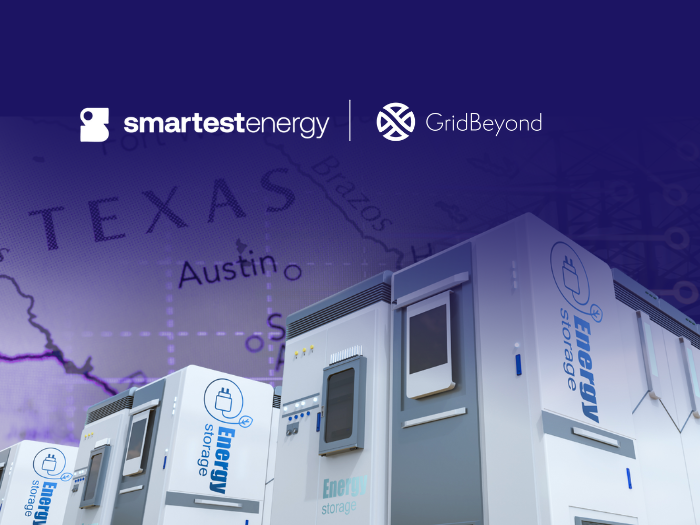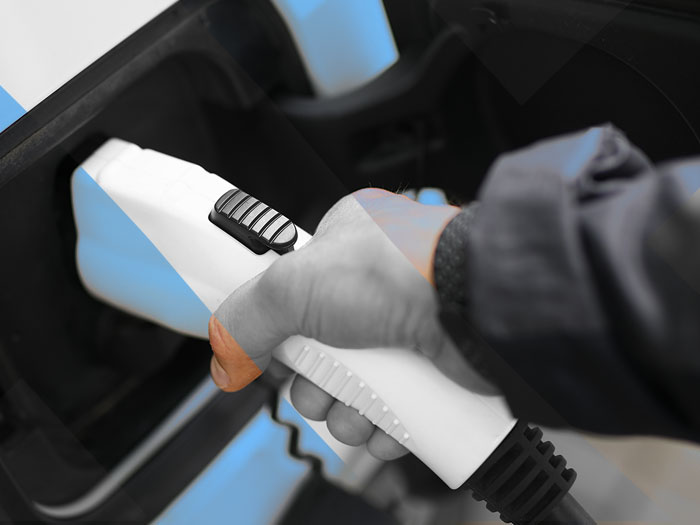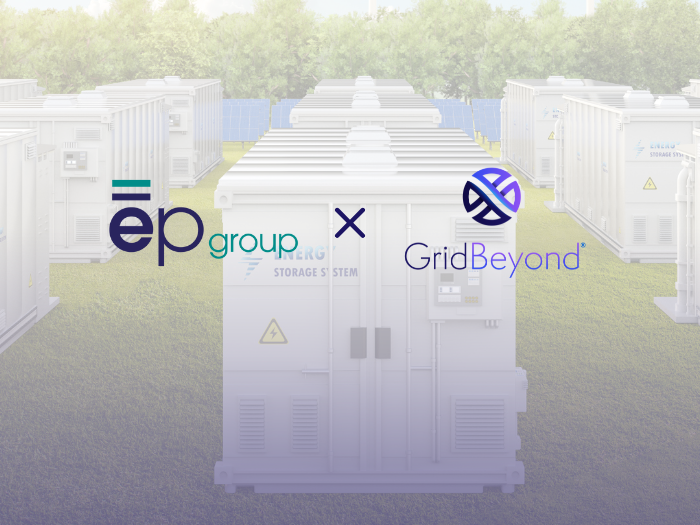Insights
better business decisions
Posted 3 years ago | 4 minute read

Irish government seeks views on EV strategy
The Irish government has published its Electric Vehicle (EV) Charging Infrastructure Strategy, which focuses on how charging infrastructure can be improved in Ireland between 2022 and 2025.
Published on 5 May, the Strategy notes that 1M EVs are expected to be on Ireland’s roads by 2030 and says that to meet this goal, the roll out of charging infrastructure must be accelerated. Although it notes that around 80% of EV charging currently takes place at home, Ireland’s public charging network is currently less than half of the current average EU level of provision. At a county level, the current network of 2,400 public charge points will be sufficient to meet the charging needs of battery EV owners without access to home-charging for the next few years, but will need significant expansion from 2025 onwards. Based on analysis carried out in markets like Norway and Sweden, the Strategy states that it is likely that while home and workplace charging will remain dominant in Ireland in the coming decade, demand for higher speed publicly-accessible top-up charging will increase, and when sited at motorway services locations will have the added benefit of supporting and enabling longer distance travel.
The Strategy highlights that more recent technological developments, such as smart integrated electric charging solutions which allow for energy monitoring and demand load management will assist in further spreading the demand and optimise charging cross the grid. These efficiencies may lead to cost savings for infrastructural investments and upgrades in the future. Therefore, they have the potential to offer cost savings in terms of grid upgrades and electricity infrastructure investments and it is recommended that such systems be mandated for installation where possible. Financial benefits can also arise from the greater usage and higher load factors of EVs on the existing network. This is based on the network being used to distribute more electricity to end users with the cost per unit of that electricity potentially falling as a result. Vehicle–to-Grid (“V2G”) also has potential to offset EV energy demands. Where an EV is plugged into the grid, the battery of the EV itself acts as a backup battery to the grid and can feed energy back to the grid to balance demand.
The Strategy highlights that for the successful roll-out of charging infrastructure, there is an essential task of ensuring necessary grid capacity and resilience to support the energy demand for EV charging. Therefore, the office called Zero Emissions Vehicles Ireland (ZEVI) will be established to co-ordinate and deliver the policy pathway for low emission vehicles and to engage with relevant stakeholders to ensure a timely and co-ordinated approach for energy provision and grid management.
Responses to the consultation are invited before 31 May. A further updated strategy is due to be published 2026-2030 which will review progress to date and will reassess and refine the provisions, initiatives and funding pathways set out below.
GridBeyond Managing Director UK & Ireland Mark Davis said:
“Falling costs, widening availability, and support from policy-makers, have spurred a recent rise in sales of EVs, but as they become more common, electricity demand will inevitably rise. This will create new opportunities for commercial EV fleets. Ultimately, it could help turn what is currently a cost centre – refuelling – into a potential revenue stream through optimisation of electricity use.
“But increased charging during the day will require data intelligence and management to avoid being exposed to peak prices. GridBeyond’s point technology and platform can not only help a business avoid these costs but actually turn them into new revenues, thereby supporting further EV rollout and decarbonisation of the power system.”
“At GridBeyond we partner with local authorities and bus and fleet operators as well as charge point operators (CPOs) and infrastructure providers to deliver innovative solutions that optimise the way energy is purchased, stored and used. Our energy services help you avoid charging at times of peak prices and by optimising your demand, generation and storage assets, alongside your EV fleet.”

Revving up the Grid | Opportunities for EV Fleet Owners
Transitioning your fleet to battery-electric technology introduces a new set of challenges that go well beyond the vehicles.
Learn more







